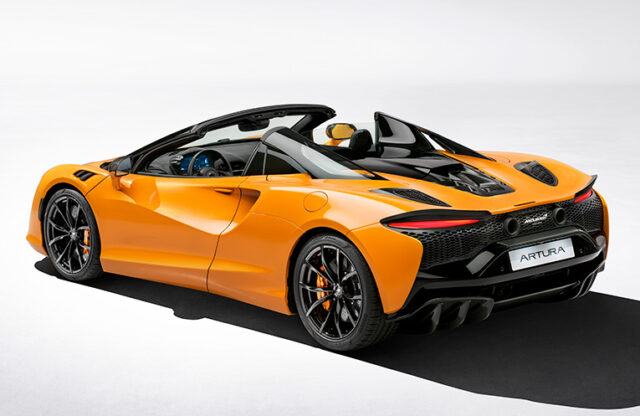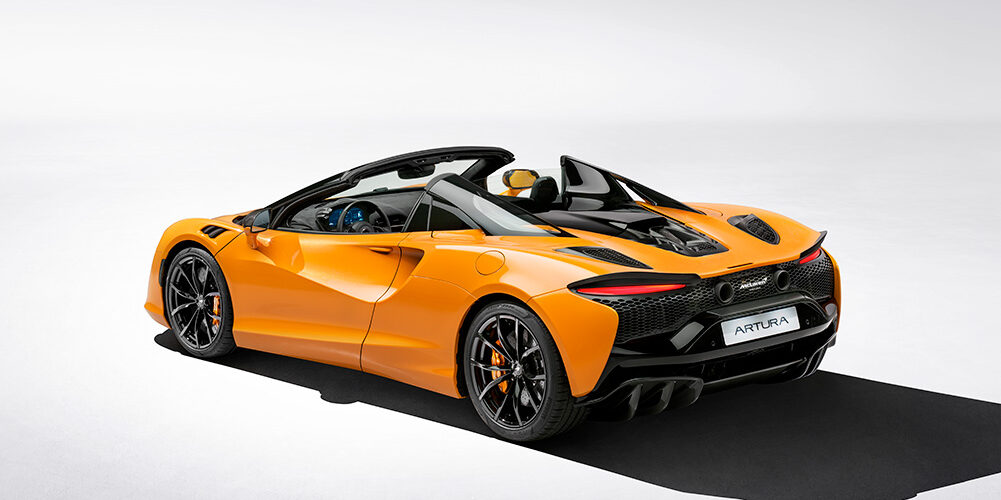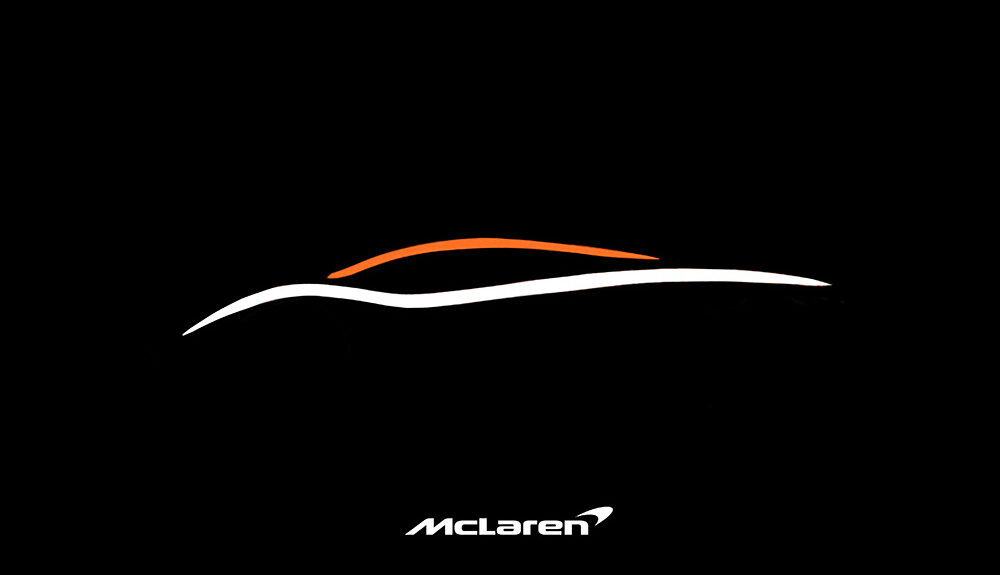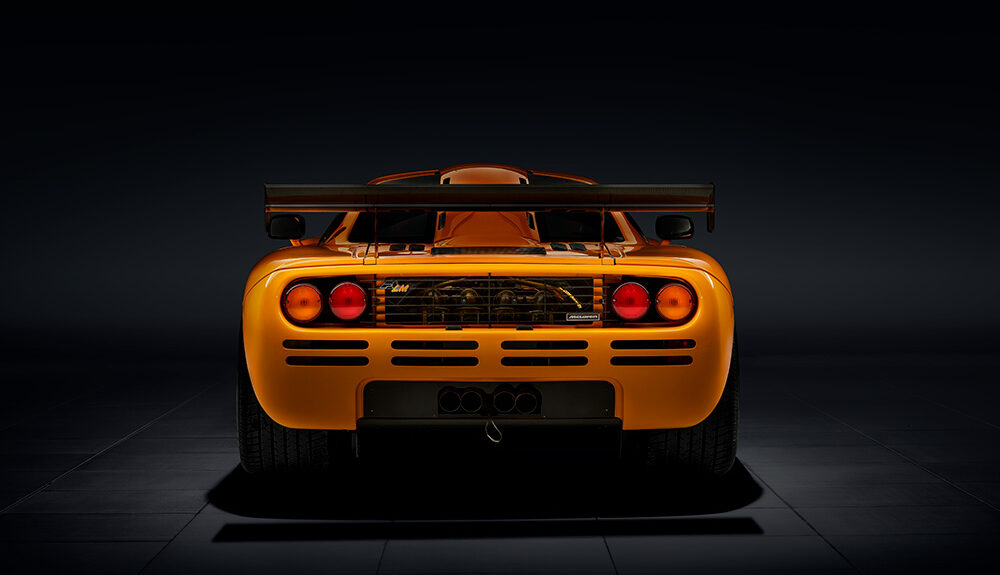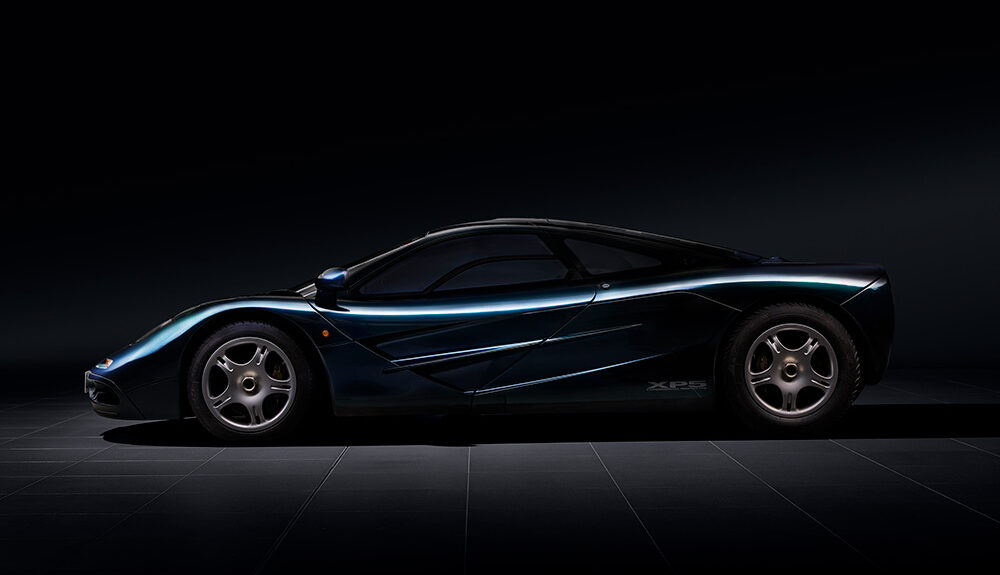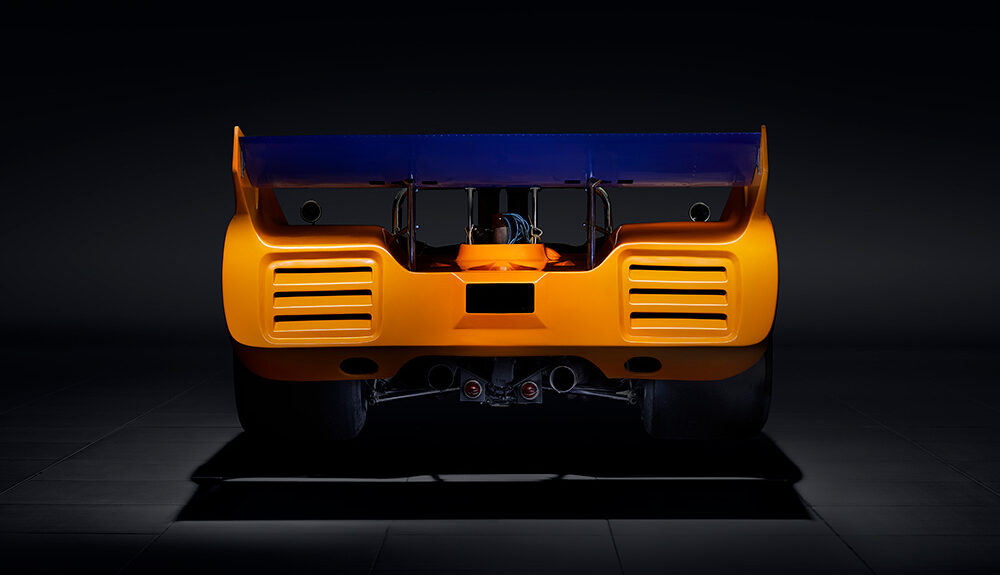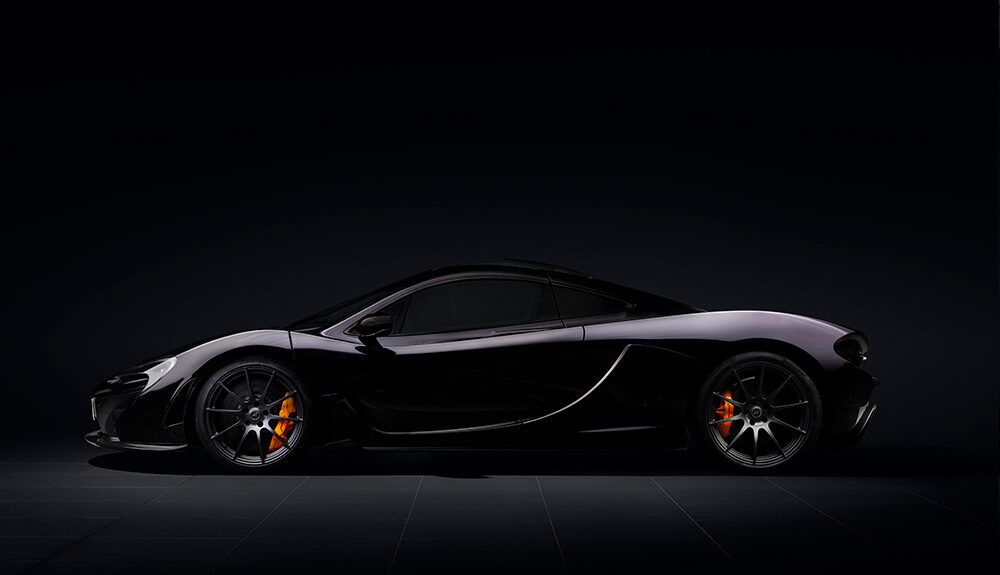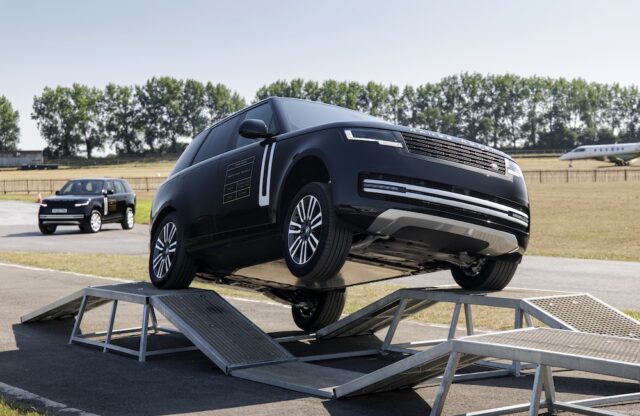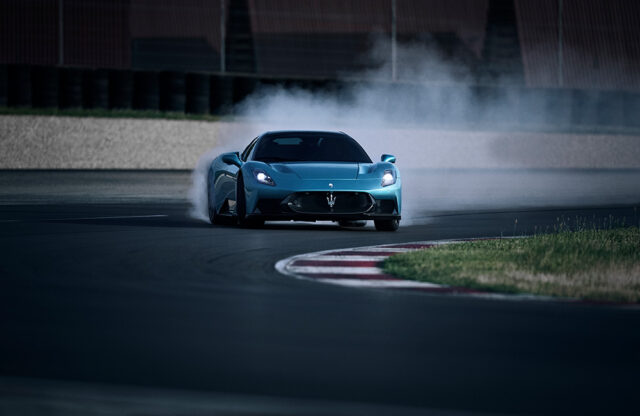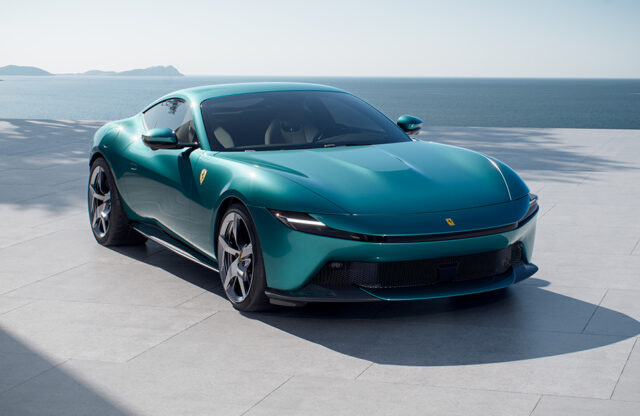McLaren has announced the five pillars that will form the aesthetic basis for its next generation of supercars, hypercars and, perhaps most intriguingly, ‘beyond’.
New chief design officer Tobias Sühlmann (pictured below, along with an F1 and a 750S) has chosen five key words to underpin the design theme of all McLarens: Epic, Athletic, Functional, Focused and Intelligent. Future models will also pay due reference to the legendary road and race cars of its 60-year history, the firm says, with a “new, multi-faceted design ethos that paves the way to a new design language appropriate for McLaren vehicles in new segments and with future powertrain technologies”.
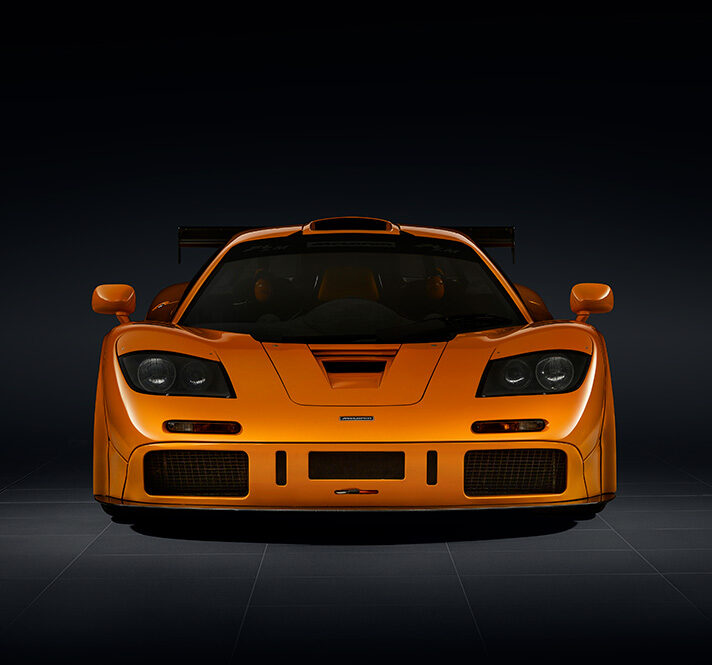
Chief design officer Tobias Sühlmann has chosen five key words to underpin the design theme of all McLarens: Epic, Athletic, Functional, Focused and Intelligent


“Racing is in our DNA, and beauty flows from this relentless pursuit of performance. We are deeply inspired by six decades of McLaren history, but we are not rooted in our past,” Tobias says. “Our design DNA will build McLaren into a brand that delivers 60 years of motor sport heritage in incredible lightweight supercars and beyond. A new era, with new vehicles, more product differentiation, and with Performance by Design at the heart of it.”
McLaren has broken the five segments down into a manifesto for each pillar. ‘Epic’ “concerns the sensory excitement derived from the overall vehicle concept and its appearance”, striving to trigger an emotional response inspired by F1, Can-Am (pictured below) and GT racers. McLaren cites the F1 road car’s central seating position, the sliding canopy of the Solus GT and the quad-exit exhaust system of the 765LT as prime historical inspirations.
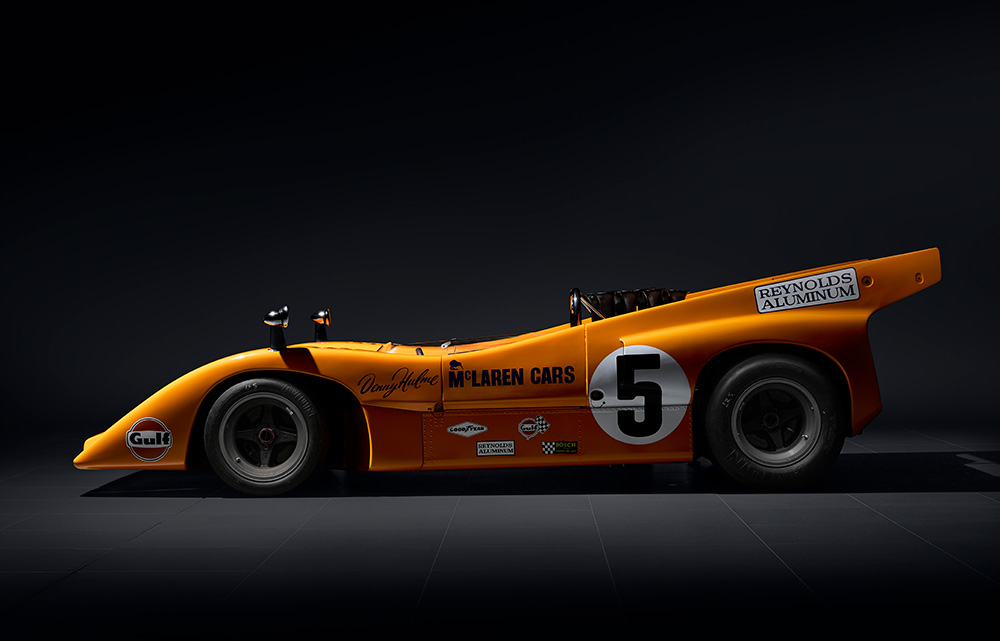
‘Athletic’ is defined by “channelling the extraordinary level of performance and agility in each McLaren”, and will be demonstrated with efficient powertrain and chassis packaging, bodywork free of unnecessary mass, and tight, muscular and aerodynamically efficient bodywork. ‘Functional’, meanwhile, “feeds directly into the principles of athleticism and ultra-lightweight performance – everything on the car must be there for a reason”, with exposed technical elements where this is the best approach. McLaren cites historical examples such as the advanced aerodynamics of the P1 (below) and Senna, plus the double-skinned doors of the McLaren 750S.
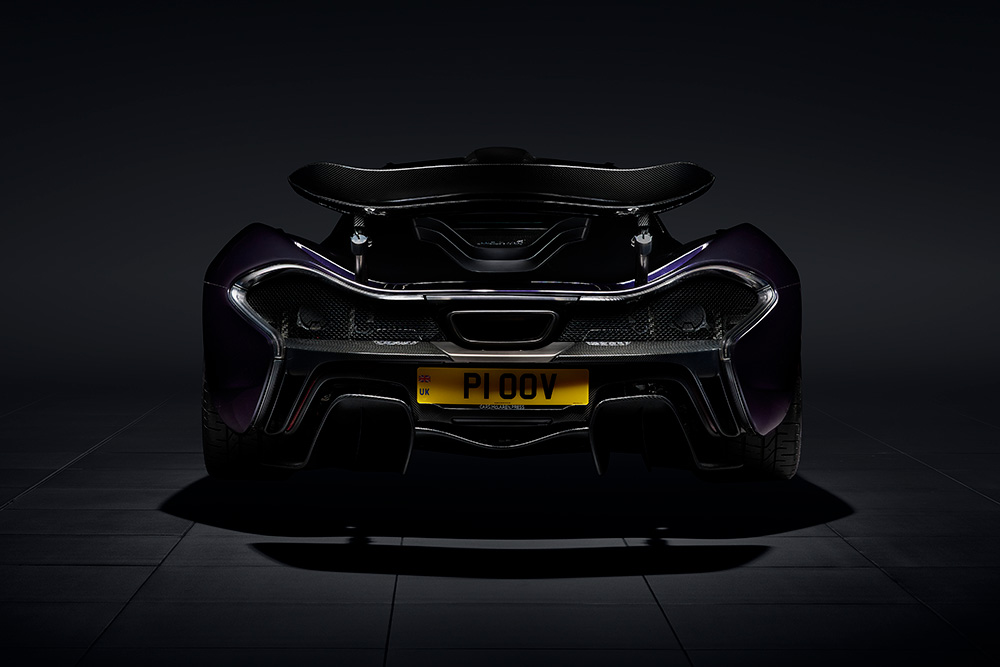
‘Focused’ is described as a feel “integral to the design as the epic appearance and super-lightweight, aerodynamic engineering that delivers performance”, exemplified by performance-driven ergonomics, a blend of analogue and digital information and haptic delights – “everything the driver touches, sees and feels aids in the delivery of maximising the driving experience and vehicle performance”. ‘Intelligent’ is defined as each car being “engineered, designed and finished with innovative, lightweight materials”, with an emphasis on making the materials not only stronger and more durable, but sustainable, too.
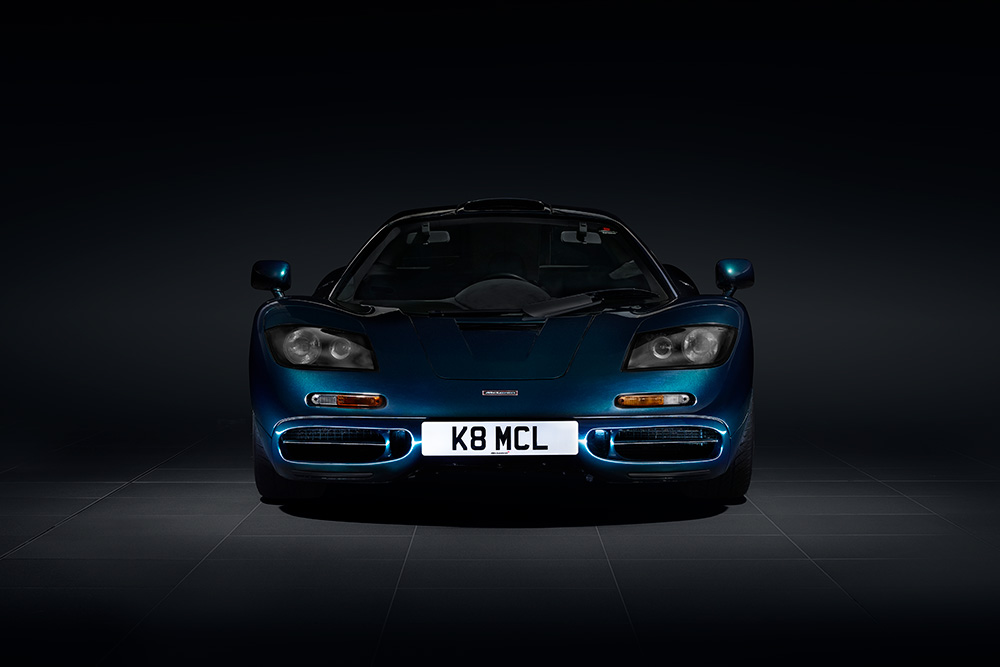
McLaren has also revealed key ‘design signatures’, taking inspiration from its racing car past; for instance the side air intakes of the MP4/4 F1 car, echoes of which can be seen on the McLaren F1, F1 LM and F1 GTR with air intakes on the front bumper, and the integrated ‘eye socket’ headlamp/intakes on the 750S. Future McLarens will also use the ‘Performance Line’, with the side profile inspired by Can-Am racers, the McLaren F1 and the P1. The overall theme will be forward-leaning proportions, and short front and rear overhangs.
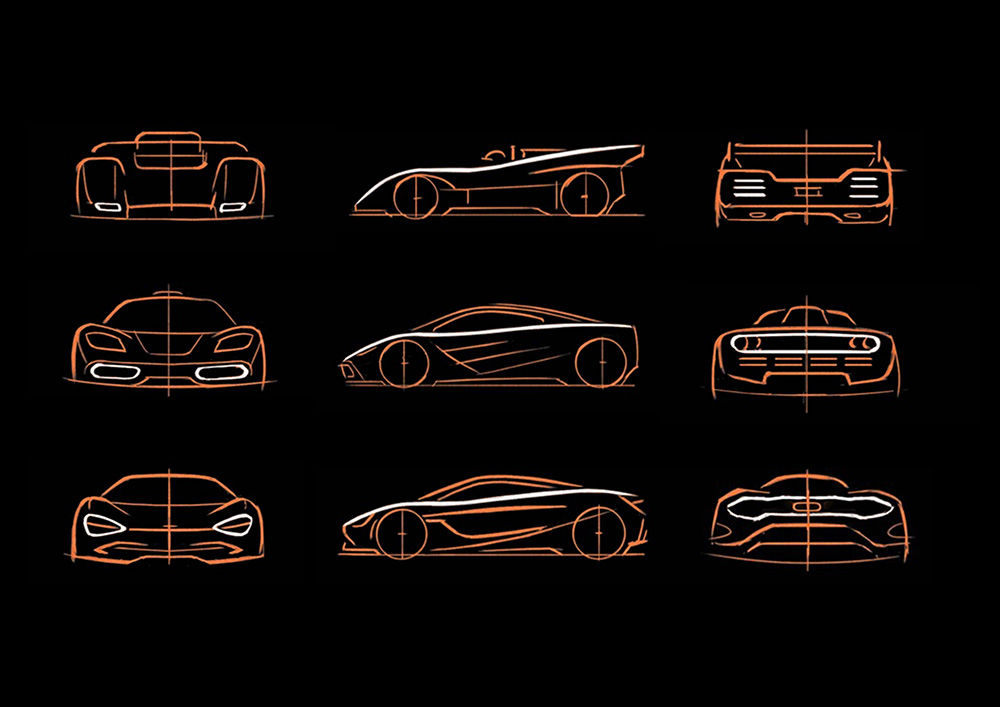
The rear view will be “defined by an open back end”, which not only takes inspiration from the F1’s aesthetics, but will aid taking hot air out of each vehicle. “Straight-line graphics and horizontal orientation of design elements create a greater sense of width and a lower vehicle height, for squat, racing car-like proportions,” McLaren explains, also going on to state that a “wrap-around” cockpit will be a common theme. “But the interior space won’t feel claustrophobic or compromised. It will feel spacious and comfortable through intelligent design, such as the integration of concave surfaces, and a horizon-like view forward.”
There are no more details on what lies beyond supercars and hypercars at this stage, but more details can be found here.
